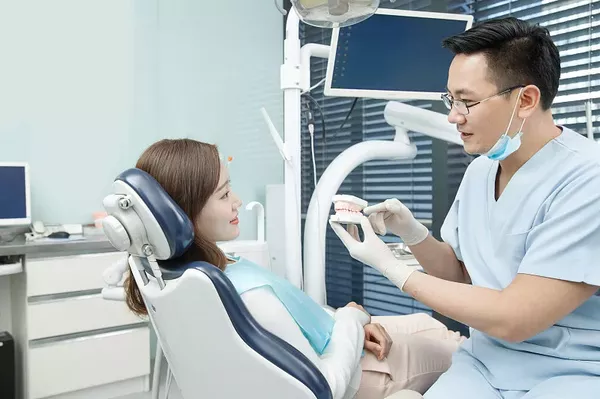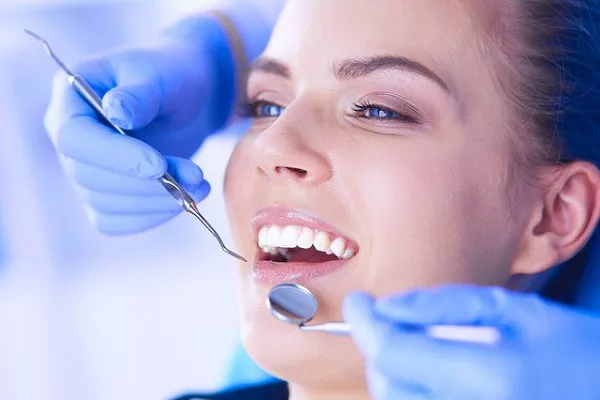Tooth sensitivity after a filling is a common complaint that many people experience. It is important to understand the reasons behind this discomfort to take necessary steps to prevent it.
After a filling, the tooth may be sensitive to cold due to several reasons. One of the main reasons is that the filling process involves removing decayed portions of the tooth and filling the cavity with a material that may not be a perfect match for the natural tooth structure. This can cause changes in the tooth’s sensitivity, particularly to temperature changes, such as cold or hot foods and drinks.
Another reason for tooth sensitivity after a filling is that the filling material may be placed too close to the nerve of the tooth, which can cause irritation and sensitivity. Additionally, if the filling material used in the procedure is not properly bonded to the tooth surface, gaps can form between the filling and the tooth, leading to temperature sensitivity.
Tooth sensitivity after a filling can also occur if the dentist did not remove all of the decay before filling the tooth. In such cases, the remaining decay can continue to progress and cause sensitivity or pain.
It is important to discuss any tooth sensitivity with your dentist after a filling. They may recommend several options to alleviate the discomfort, such as using toothpaste designed for sensitive teeth or applying a fluoride gel to the affected tooth. In more severe cases, the dentist may need to remove and replace the filling or perform a root canal to address the underlying issue.
To prevent tooth sensitivity after a filling, it is essential to maintain good oral hygiene practices, such as brushing twice a day and flossing regularly. It is also important to visit your dentist for regular check-ups and cleanings to prevent any further decay or damage to the tooth.
In conclusion, tooth sensitivity after a filling can be caused by several factors, including changes in the tooth’s sensitivity due to the filling process, filling material placed too close to the nerve, gaps between the filling and the tooth, and remaining decay. If you experience tooth sensitivity after a filling, it is essential to discuss it with your dentist to identify the underlying issue and prevent further discomfort.
































